20 Most Common Poisonous Plants for Cats
Cats are curious creatures, often enticed by the green foliage around them. However, numerous plants can cause harm to our feline friends. Pet owners must be vigilant about the flora within a cat’s reach to prevent accidental poisoning. Below are 20 of the most common poisonous plants for cats.
1. Lilies (Lilium spp.)
Lilies are extremely toxic to cats, leading to kidney failure in severe cases. Even a small ingestion of any part of the plant, including pollen, can be fatal.
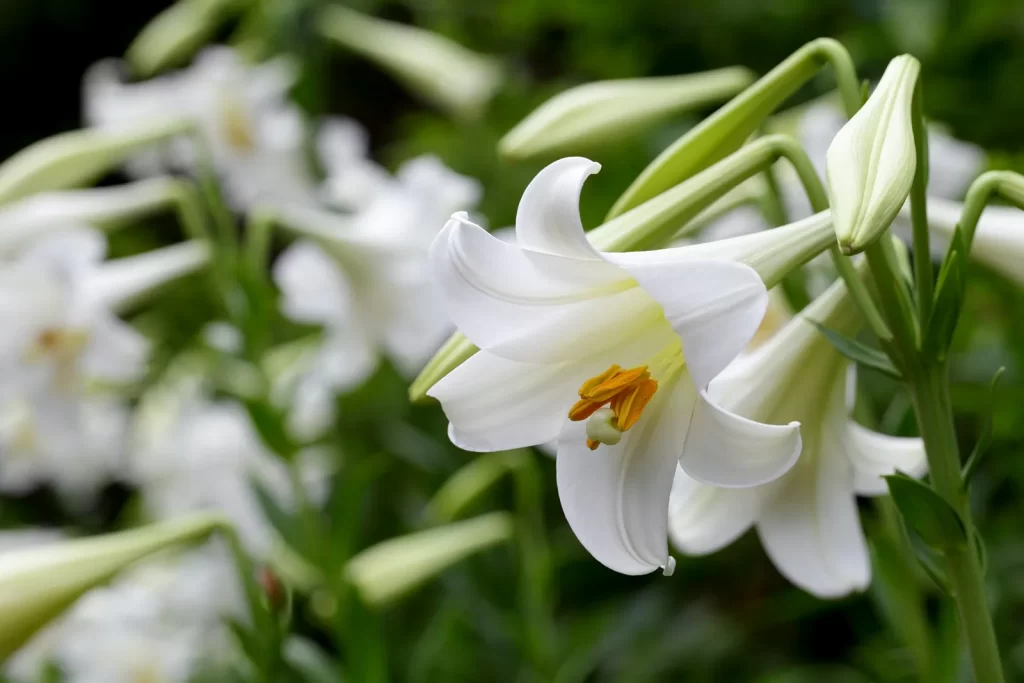
2. Oleander (Nerium oleander)
Oleander is highly toxic, causing severe vomiting, abdominal pain, and possibly heart failure in cats.

3. Sago Palm (Cycas revoluta)
All parts of the Sago Palm are poisonous, but the seeds are the most toxic, causing liver failure and, potentially, death.
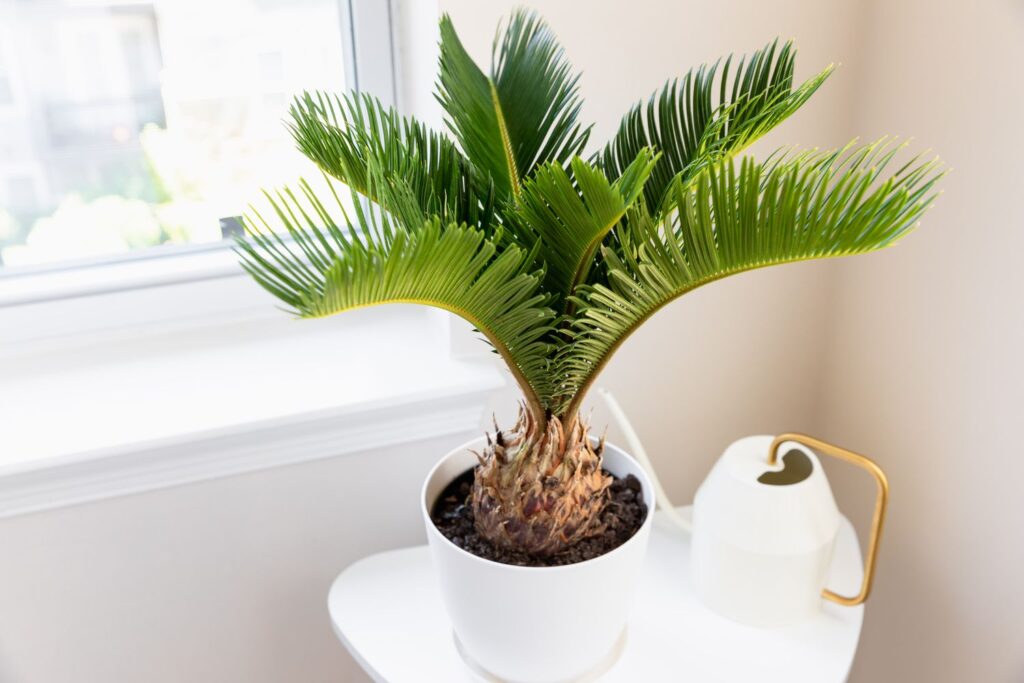
4. Tulips (Tulipa spp.)
The bulbs of tulips are toxic to cats, causing gastrointestinal irritation, drooling, and loss of appetite.

5. Azalea (Rhododendron spp.)
Ingesting even a few leaves can cause vomiting, diarrhea, and excessive drooling in cats, and severe cases can lead to coma and death.

6. Autumn Crocus (Colchicum autumnale)
This plant can cause severe vomiting, diarrhea, liver and kidney damage, and even bone marrow suppression in cats.
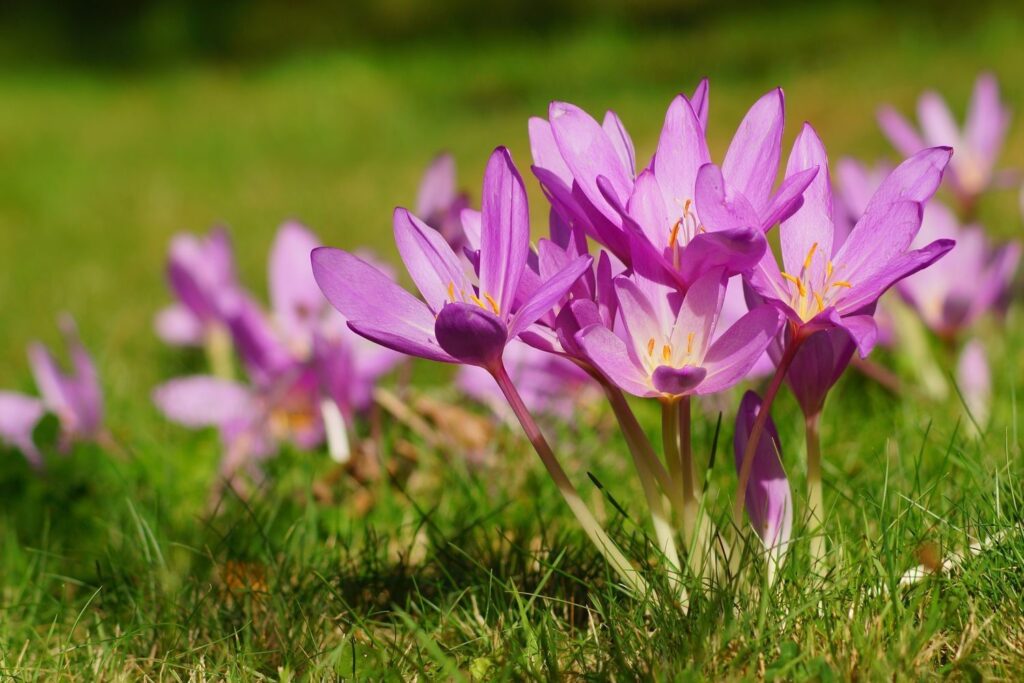
7. Kalanchoe (Kalanchoe spp.)
Ingestion can lead to vomiting, diarrhea, and heart arrhythmias in cats.

8. Dieffenbachia (Dieffenbachia spp.)
Dieffenbachia can cause oral irritation, drooling, nausea, vomiting, and difficulty swallowing in cats.

9. Amaryllis (Amaryllis spp.)
The bulbs are the most toxic part, causing vomiting, diarrhea, abdominal pain, hypersalivation, and anorexia in cats.
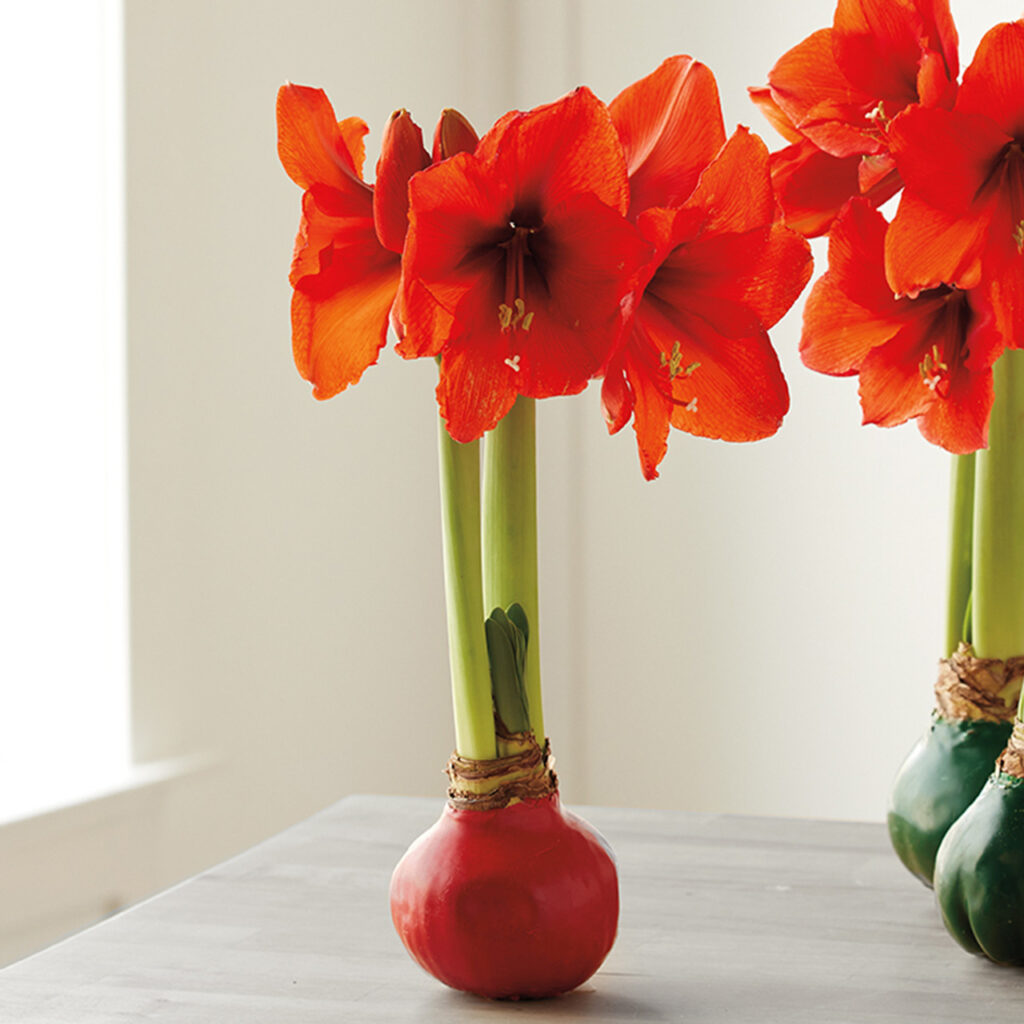
10. English Ivy (Hedera helix)
English Ivy can cause vomiting, abdominal pain, hypersalivation, and diarrhea in cats.
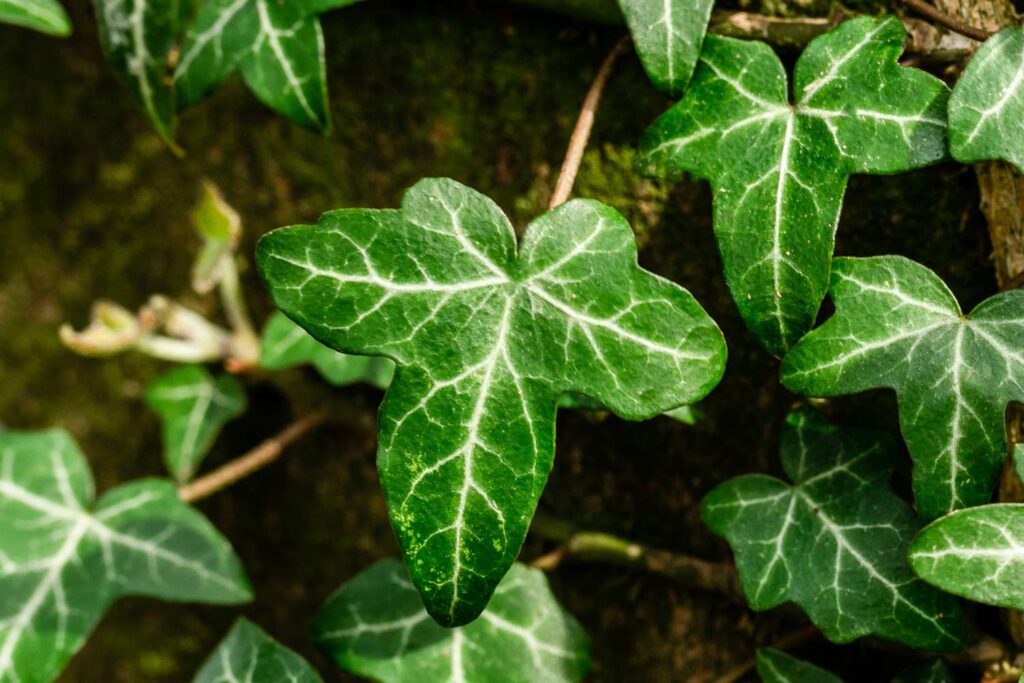
11. Yew (Taxus spp.)
All parts of the Yew plant are toxic to cats, leading to vomiting, diarrhea, difficulty breathing, and potentially heart failure.
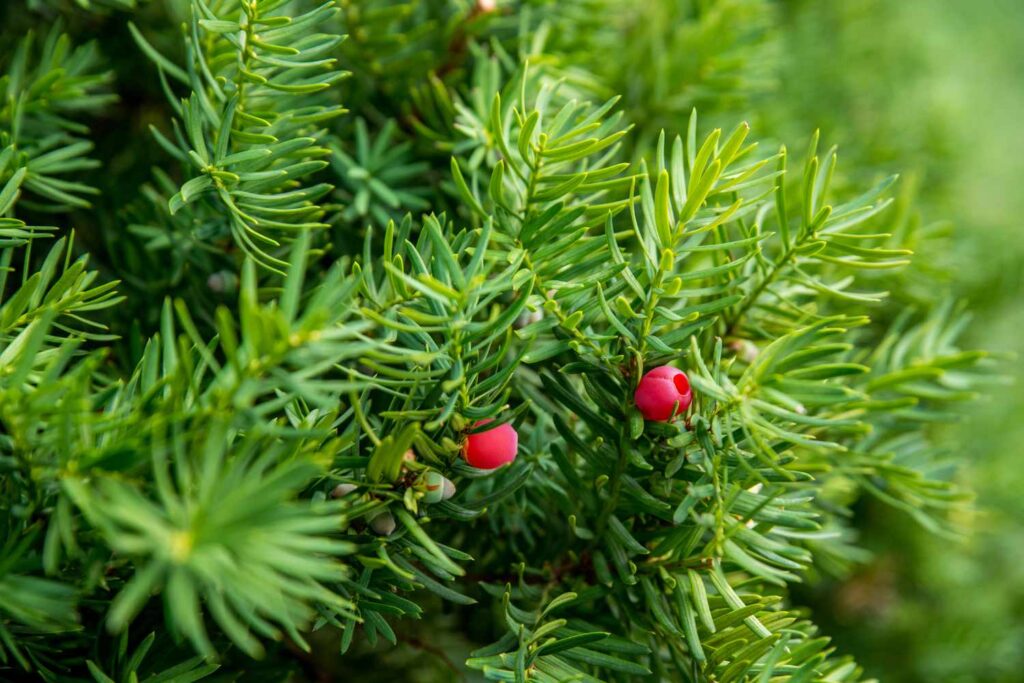
12. Cyclamen (Cyclamen spp.)
The roots are especially toxic to cats, causing severe vomiting and even death in serious cases.
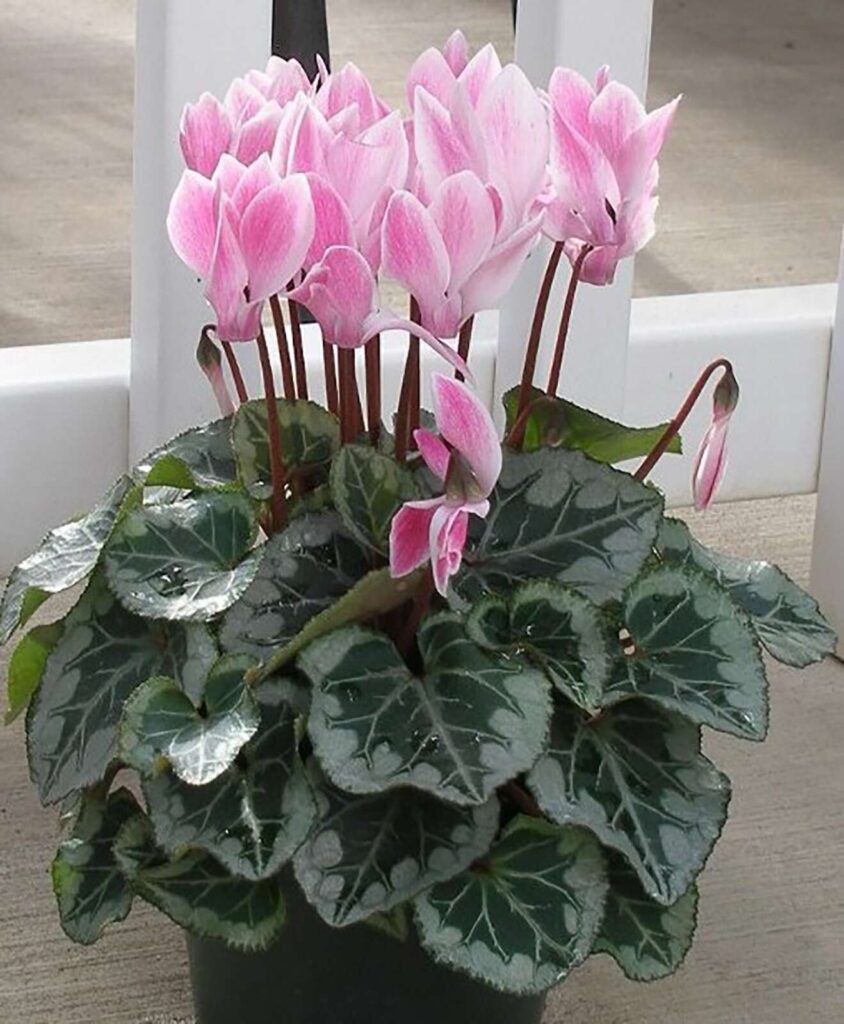
13. Daffodils (Narcissus spp.)
The bulb, plant, and flower are all toxic to cats, causing vomiting, diarrhea, abdominal pain, heart arrhythmias, and respiratory depression.
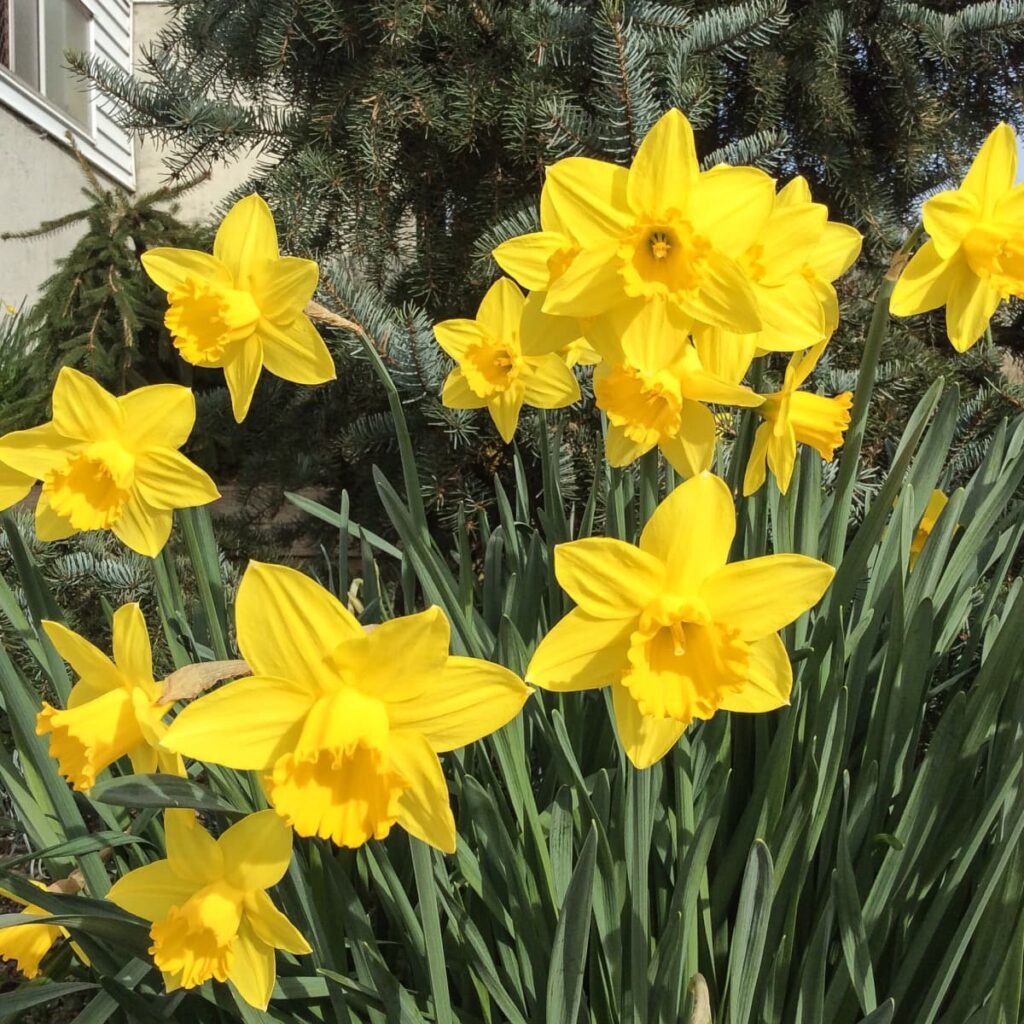
14. Chrysanthemum (Chrysanthemum spp.)
This plant can cause vomiting, diarrhea, and hypersalivation in cats.
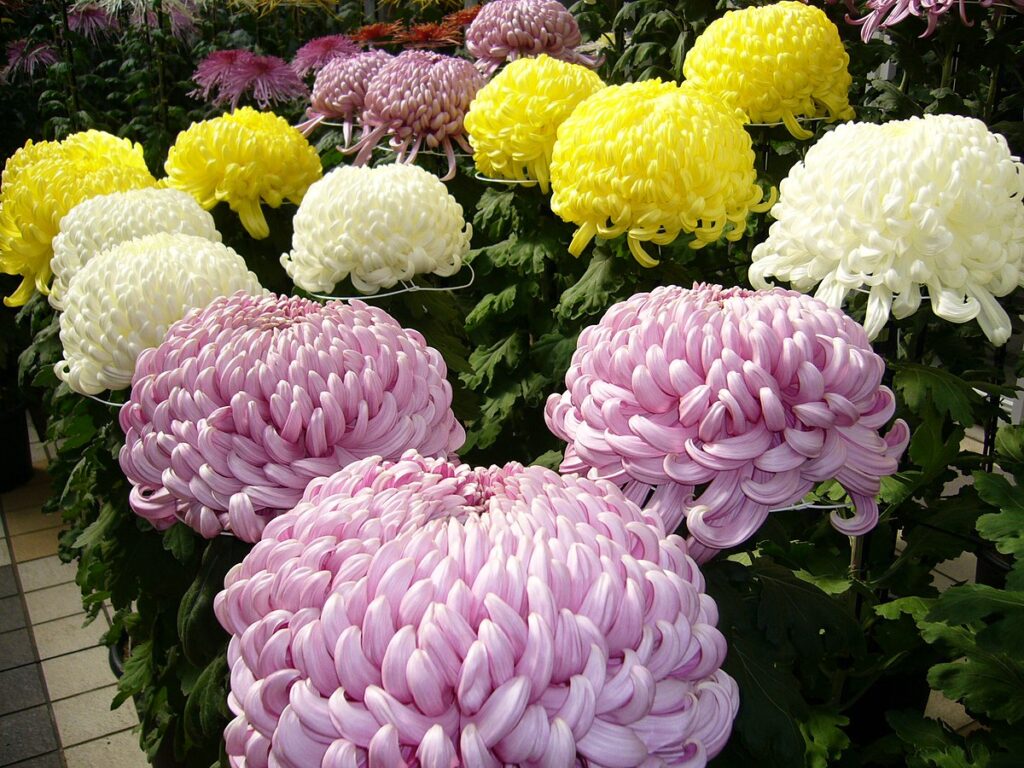
15. Hyacinth (Hyacinthus orientalis)
The bulbs can cause intense vomiting, diarrhea, depression, and tremors in cats.

16. Foxglove (Digitalis purpurea)
Foxglove is extremely toxic, causing heart arrhythmias, vomiting, diarrhea, and even death in cats.
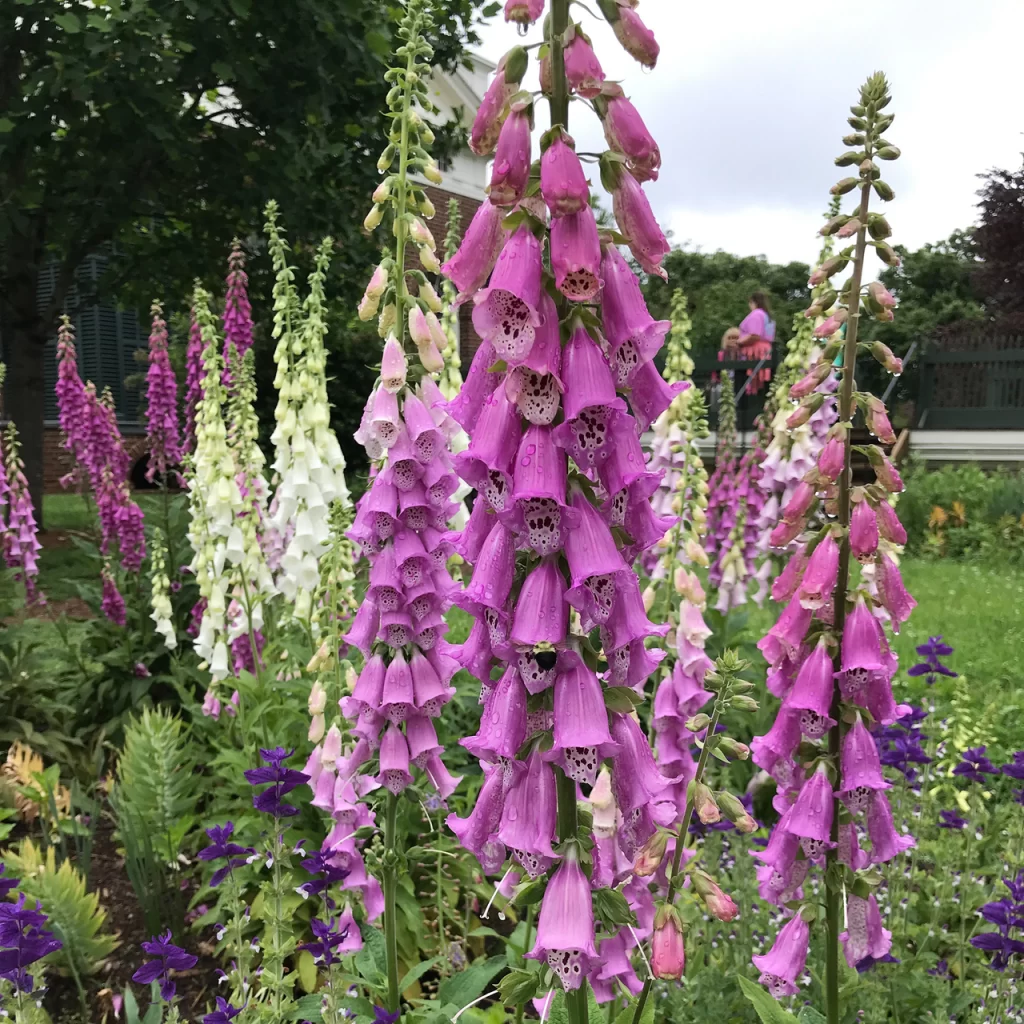
17. Cannabis sativa
Ingestion can lead to prolonged depression, vomiting, incoordination, sleepiness, or excitation, hypersalivation, dilated pupils, and low blood pressure in cats.
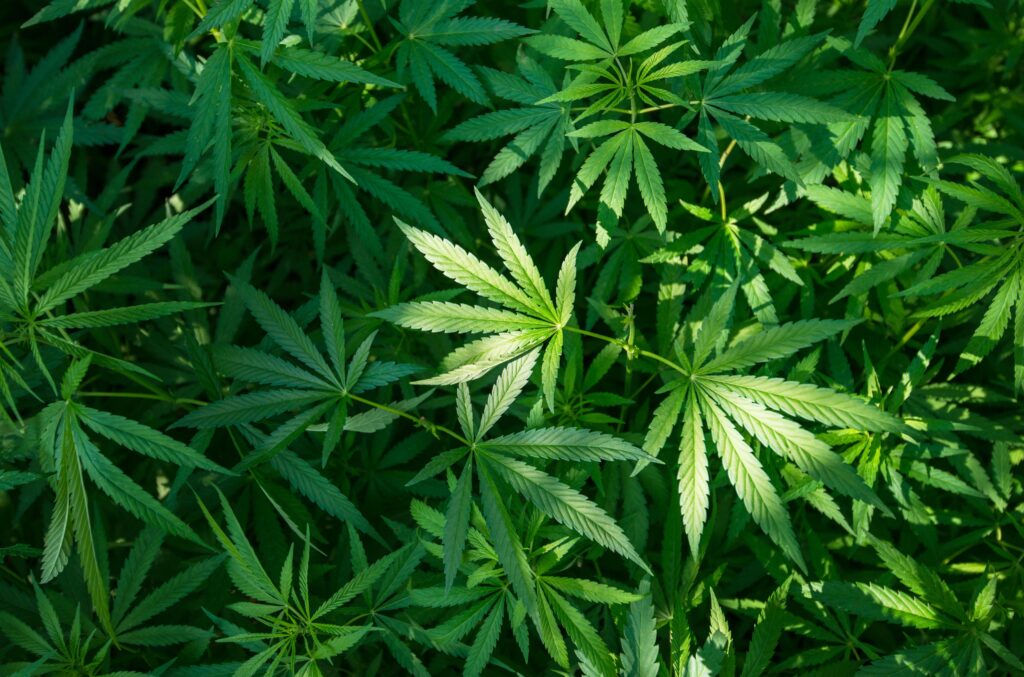
18. Tomato Plant (Solanum lycopersicum)
The green parts of the tomato plant can cause vomiting, drowsiness, confusion, and weakness in cats.
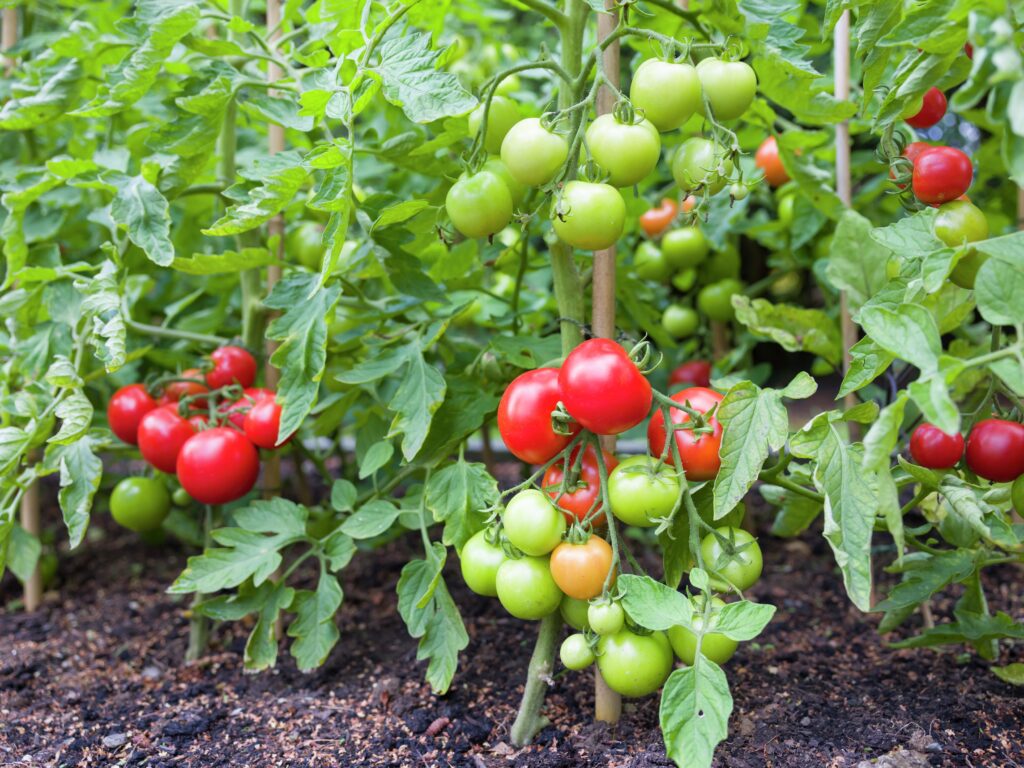
19. Castor Bean Plant (Ricinus communis)
This plant contains a toxic protein that can cause abdominal pain, vomiting, diarrhea, and shock in cats.
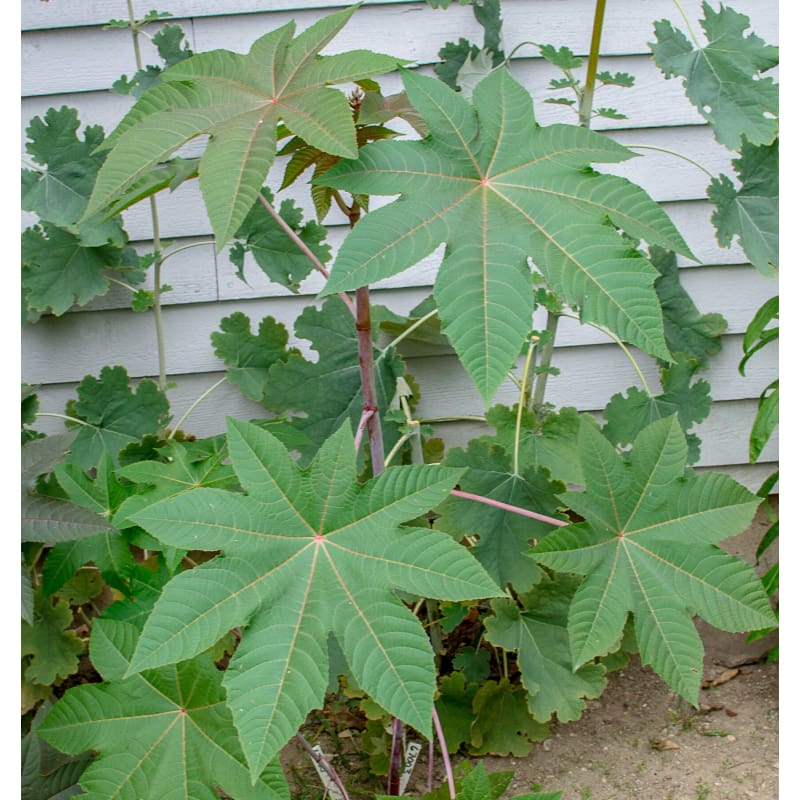
20. Pothos (Epipremnum aureum)
Pothos can cause irritation of the mouth, lips, and tongue, excessive drooling, vomiting, and difficulty swallowing in cats.
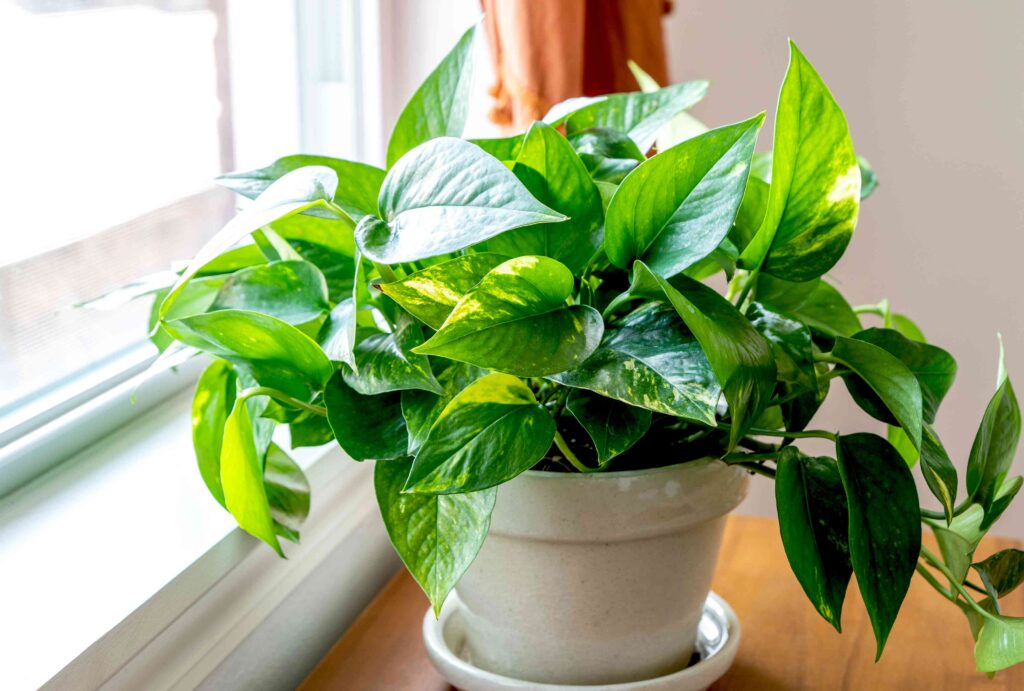
If you suspect your cat has ingested a poisonous plant, immediate veterinary attention is critical. The faster the treatment, the better the prognosis. Cat owners need to be knowledgeable about harmful plants and should endeavor to keep their pets away from such foliage. It’s essential to err on the side of caution and remove any potentially harmful plants from your home or garden to safeguard the well-being of your feline friend.
Tip:
If unsure about a plant’s toxicity, pet owners can refer to resources like the ASPCA’s extensive list of toxic and non-toxic plants or consult with their local veterinarian. Keep emergency contact numbers handy and have a plan in place to get your cat to a veterinarian quickly in case of suspected poisoning.



















